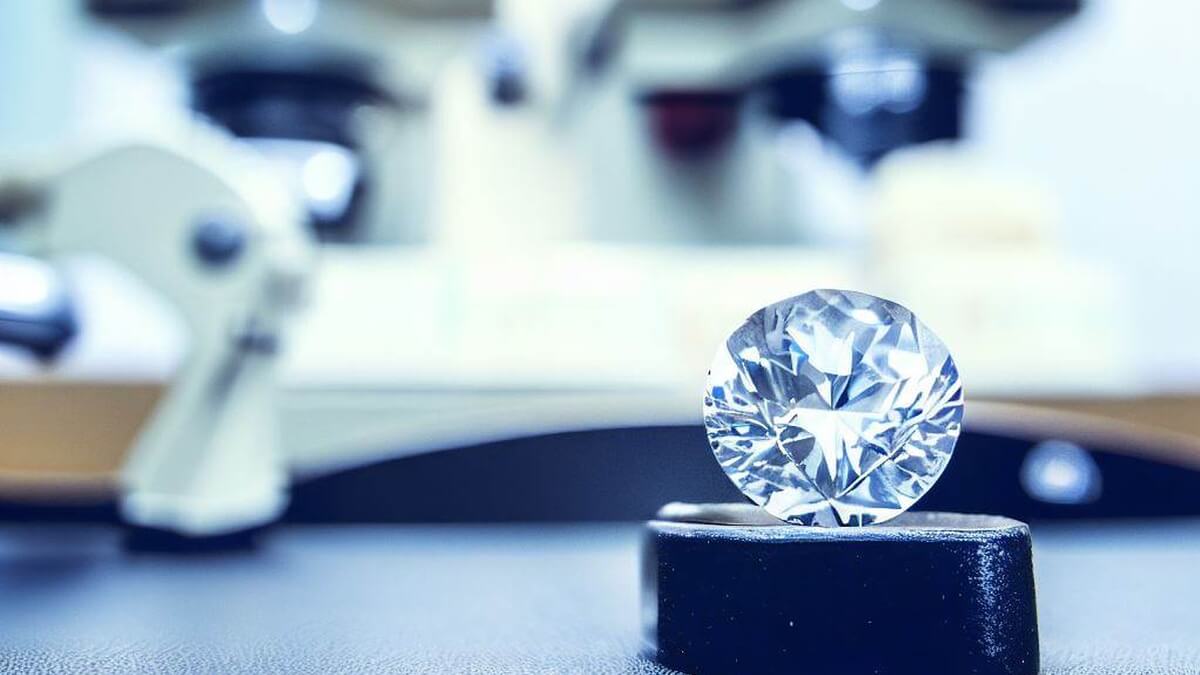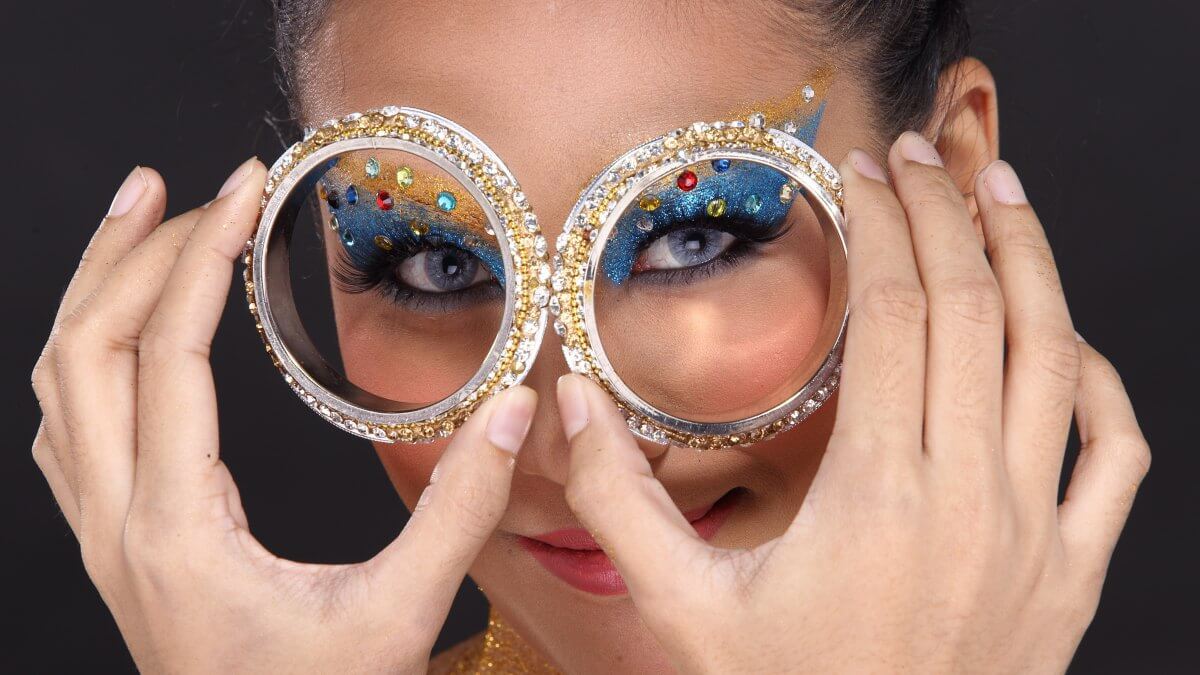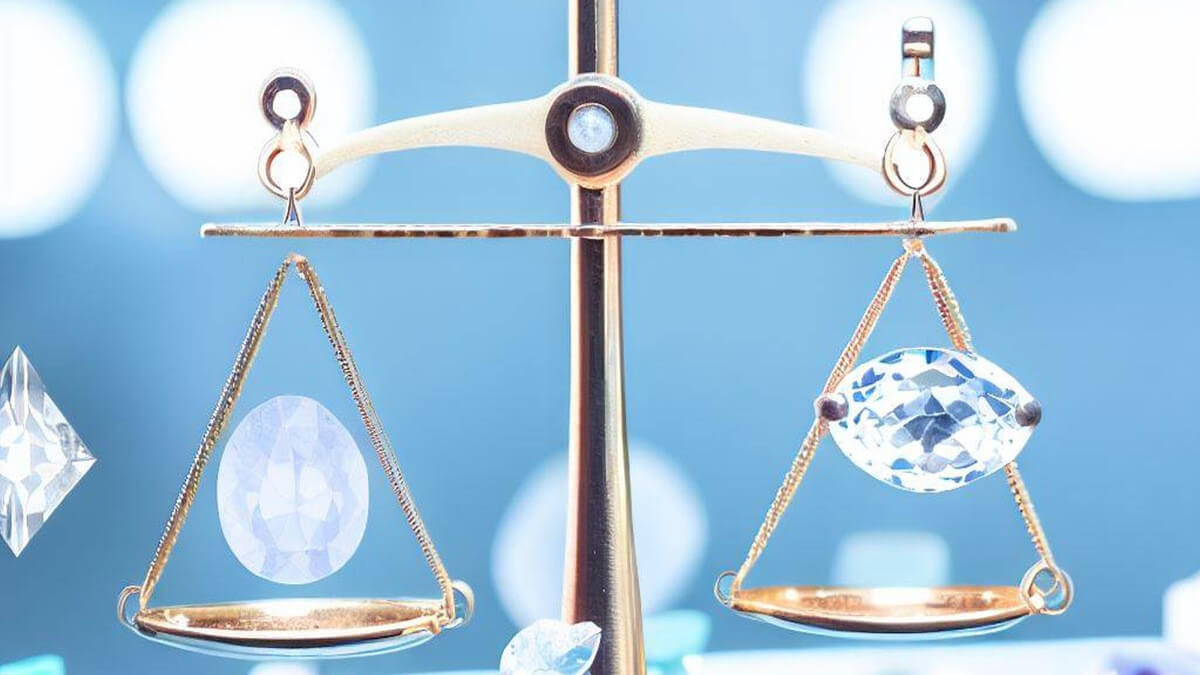The past decade has seen the emergence of lab-grown diamond jewellery, which is now becoming a popular choice among consumers.
This article provides an overview of what to expect in terms of this trend over the next ten years.
It will consider the potential impact on prices and demand as well as explore how sustainable production could shape the future of these products.
With its alluring combination of affordability, quality and sustainability, lab-grown diamonds are set to become increasingly prominent within the market for luxury goods – offering customers more choices than ever before when it comes to expressing their individual style.
Overview Of The Lab Grown Diamond Jewellery Industry
The lab-grown diamond jewellery industry is one that has seen a significant increase in demand over the past decade. In 2020, it was estimated by professional analysts that the industry had achieved revenues of up to $2 billion and continues to grow as more consumers are becoming aware of these diamonds’ characteristics.
The supply chain for lab-created diamonds goes from their production to marketing and sales activities; this means jobs have been created directly and indirectly due to increased consumer attitudes toward them.
As an example of the success of lab-grown diamonds, De Beers Group reported that they sold nearly 500,000 carats of man-made diamonds in 2019 and generated approximately $300 million dollars in revenue. According to Statista, the global market value of lab-grown diamonds was $29.2 billion in 2022. Different sources suggest a range of numbers, but what is clear is that the market is expanding rapidly.
Anna Wintour famously said, “You can never take too much care over the choice of your shoes. Too many women think that they are unimportant, but the real proof of an elegant woman is what is on her feet.' Similarly, when it comes to choosing jewellery pieces, there should always be an emphasis placed on quality above all else. With lab-grown diamond jewellery, people now have access to high-quality pieces at far lower prices than ever before without sacrificing any aesthetic value.
Therefore, we can expect the next decade for the lab grown diamond jewellery industry to be exciting with further growth driven by increasing customer awareness about these types of stones and their benefits, alongside advancements in technology leading to even higher standards in terms of cut, colour and clarity levels being achievable using laboratory methods.
As long as customer demand remains strong, then this sector will continue its upward trajectory despite potential challenges arising from environmental or ethical issues such as mining practices used during traditional diamond extraction processes.
Market Growth Predictions
The lab-grown diamond jewellery industry is projected to experience a period of growth over the next decade as consumer trends and product diversification continue to drive demand. Technological advancements in production methods have enabled the cost savings necessary for mass market adoption. This has been further reinforced by the eco-friendly aspects of these diamonds, which attract consumers with a subconscious desire for freedom.
In terms of growth projections:
- The number of lab-grown diamond manufacturers will increase significantly as more companies enter this lucrative market.
- Product diversification efforts from existing players are expected to yield greater customer choice.
- Innovative technology such as AI and machine learning could revolutionise production processes and lower costs even further.
- Overall, it can be anticipated that the industry's value chain will become increasingly complex over time due to its rapid expansion into new markets around the world.
- The market value for lab-grown diamonds is forecasted to grow to US$37.32 billion by 2028 with a compound annual growth rate (CAGR) of 8.8 percent.
- The market volume is expected to increase to 19.2 million carats by 2030.
Lab-grown diamonds offer an ethical alternative to mined diamonds at competitive prices without compromising on quality or beauty. As their popularity increases and technological advancements continue apace, traditional suppliers may find themselves struggling against competition from newcomers offering innovative products and services catered specifically towards modern customers’ needs.
It is clear then that we are likely to see significant changes in this sector over the course of the coming decade — ones that will shape how this industry looks going forward.
Nancy Lab Diamond Halo Pear Engagement Ring 0.85ct G/VS in 9k White Gold
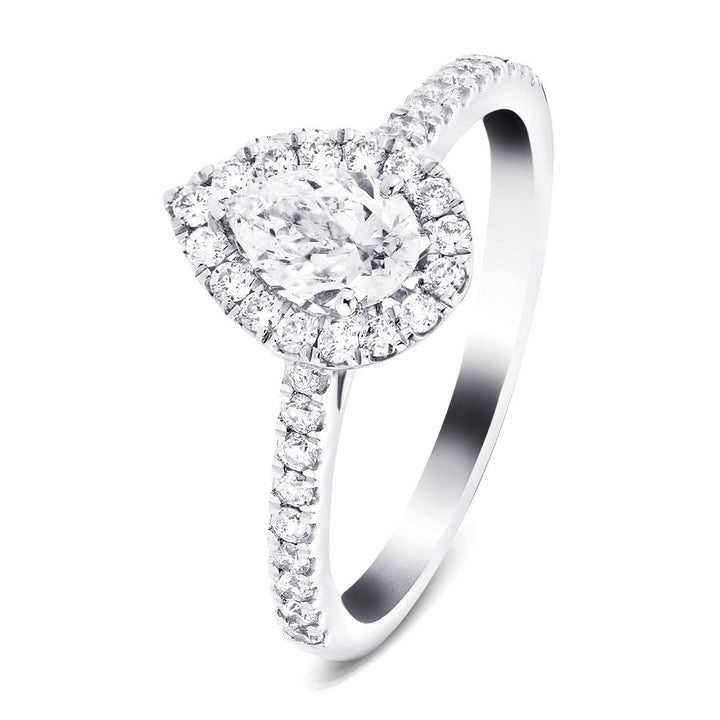
£705.00
£1,346.00
Fall in love with the timeless elegance of the Nancy Lab Diamond Halo Pear Engagement Ring in 9k White Gold. Expertly crafted to perfection, this ring features a stunning lab-grown pear-shaped diamond surrounded by a halo of glittering accent diamonds.… read more
Impact On The Natural Diamond Industry
The impact of lab-grown diamonds on the natural diamond industry is likely to be far-reaching. As consumer acceptance grows, regulatory reform and counterfeiting identification systems will need to respond in order to protect consumers from being misled by synthetic stones.
In terms of infrastructure, the natural diamond industry could potentially face closures as demand for its product declines due to the increased availability of more affordable alternatives such as lab-grown diamonds. A decrease in prices for natural diamonds may also lead to an increase in smuggling activities which further poses a threat to both industries.
As we look ahead into the next decade, it is clear that lab-grown diamonds are set to revolutionise the jewellery market and bring about significant changes in the traditional diamond industry.
It remains unclear what these changes might entail, but one thing is certain: stricter regulations and counterfeit detection measures must be put in place before this can happen successfully.
Cost-Benefit Analysis
The past decade has seen rapid growth in the popularity of lab-grown diamond jewellery. The cost advantage of lab-grown diamonds over natural ones is one of the main factors driving this trend. As technology continues to improve, it is likely that prices for these diamonds will continue to fall and become even more attractive to consumers.
A comprehensive analysis of the costs and benefits associated with lab-grown diamonds should include price comparisons between the two types, environmental impacts, and supply chain transparency.
Price comparison is an important factor when considering the overall value proposition of either type of diamond. Natural diamonds often come at a premium due to high overhead costs related to sourcing them from nature. In contrast, lab-grown diamonds are produced under controlled conditions, making them much cheaper.
In terms of environmental impact, there have been concerns about how mining operations can negatively affect local ecosystems and communities. Lab-grown diamonds offer some advantages as they do not require any extraction or destruction of land or water resources, unlike traditional methods used for obtaining natural stones.
Furthermore, their production process offers greater visibility into their origin since each stone is tracked from start to finish within a transparent supply chain network. This ensures customers' peace of mind by providing assurance about where their product came from and who made it.
Lab Diamond Solitaire Stud Bezel Set Earrings 4.00ct G/VS 18k Yellow Gold
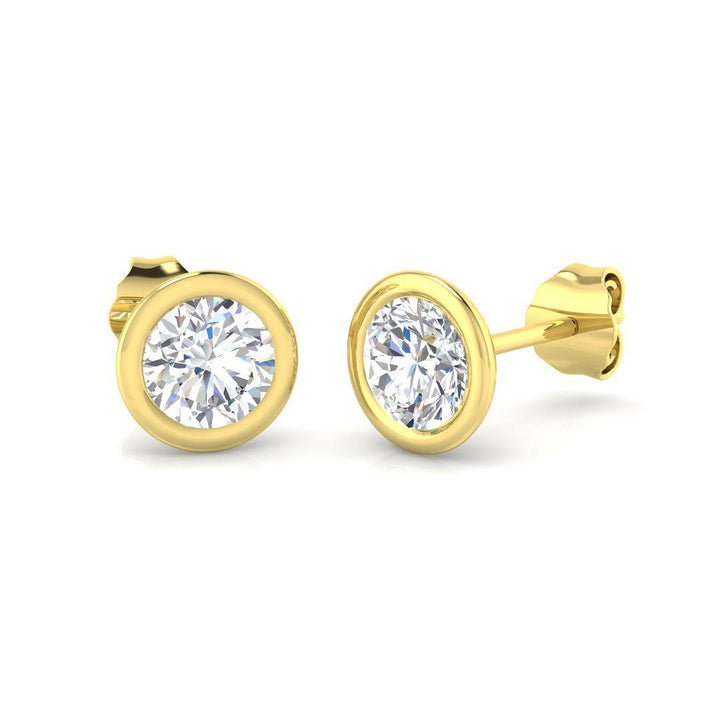
£3,535.00
£6,746.00
Elevate your look with our Lab Diamond Solitaire Stud Bezel Set Earrings, showcasing a stunning 4.00 carat total weight of G/VS-graded lab-grown diamonds. These earrings feature a solitaire diamond in a bezel setting, creating a timeless design. The precious metal… read more
Innovations And Design Developments
The future of lab-grown diamond jewellery is set to witness a variety of innovations and design developments in the coming decade. As the technology for producing synthetic diamonds further advances, more novel cuts, custom designs, and affordable options will become available.
There has already been an increase in demand for lab-grown diamonds that look almost identical to natural ones from consumers seeking ethically sourced alternatives.
As designers continue to explore possibilities with these diamonds, it's likely that bespoke pieces tailored specifically for each individual customer could be created. There may also be new opportunities for luxury brands to create unique collections using lab-grown diamonds as their main feature. These could include one-of-a-kind rings and necklaces featuring rare colours or intricate patterns crafted with precision engineering techniques.
With greater production capabilities and improved quality control measures, the availability of lab-grown diamonds at competitive prices means they're becoming increasingly popular among jewellery buyers looking for stunning yet sustainable items without compromising on style or cost. This trend is expected to continue over the next decade as people become ever more aware of ethical sourcing practices and seek out fashionable accessories made exclusively with man-made gems.
Quality Assurance And Regulation
As the lab-grown diamond industry continues to expand, quality assurance and regulation are of paramount importance in ensuring consumer confidence. To this end, efforts have been made to develop certification standards for these diamonds that will ensure reliable grading practices and disclosure protocols. Such standards could help protect consumers from potential risks associated with purchasing lab-grown diamonds, such as mislabeling or incorrect grading. Moreover, certifications may also ensure environmental protection when it comes to mining processes used in traditional diamonds.
The development of additional guidelines would be beneficial towards creating a level playing field within the industry. This is especially true considering the vast array of synthetic diamond producers who sell their products at diverse price points ranging from low costs to those more reflective of mined diamonds.
With consistent regulations across all levels, consumers can make more informed decisions regarding their purchases while remaining confident about their selection process's integrity.
Moving forward, setting standardised benchmarking criteria should remain an integral part of maintaining consumer trust and market stability over the next decade. Through transparent labelling policies and proper tracking and traceability systems, buyers can rest assured they are getting what they pay for without any negative repercussions regarding ethical sourcing and sustainability concerns.
As long as these measures continue to be implemented properly, we can expect a vibrant future for the lab-grown diamond jewellery sector ahead.
Ethical And Sustainable Considerations
Lab-grown diamonds offer a more ethical and sustainable option than natural diamonds when it comes to jewellery. The environmental impact of mining is reduced, as no excavation must take place for the diamond to be acquired.
In addition, labour standards are improved due to the fact that lab-grown diamonds do not rely on conflict or child labour in their supply chain.
The advantages of lab-grown diamonds provide an attractive alternative for consumers who wish to pursue greater freedom through their purchases. Consumers can enjoy access to beautiful pieces without contributing to unethical practices such as child labour and unfair wages.
Better yet, they have the assurance that by choosing lab-grown diamonds over mined ones, they are helping protect the environment from additional damage caused by excavation activities.
Consumers may also benefit from cost savings associated with purchasing laboratory-grown diamonds since there is no need for deep underground exploration, which requires expensive equipment and personnel costs. Furthermore, production processes for laboratory-grown stones create fewer carbon emissions compared with traditional mining methods, thus making them a viable choice for conscious buyers looking for greener alternatives.
Summary And Conclusion
The future of lab-grown diamond jewellery over the next decade is likely to be characterised by a growing focus on environmental responsibility, ethical sourcing and sustainable production. Consumers increasingly demand that their purchases are made with consideration for these values, and as technology advances, it will become easier for businesses to meet those demands.
As awareness grows among consumers around the sustainability of certain materials, such as diamonds grown in laboratories rather than mined from the earth, so too does the appeal of lab-grown diamond jewellery. Jewellery producers must ensure they meet global standards when it comes to responsible sourcing practices; this includes transparency into the source material being used, such as traceability and certification programs.
In addition, due to increasing public scrutiny and customer expectations, manufacturers need to make sure they keep up with modern advancements in technology – both manufacturing processes and marketing techniques – if they want to remain competitive in the market. Lab-grown diamond jewellery has immense potential for growth over the coming years: its popularity could surge even higher than before as more people look towards products that reflect their fashion sense and align with their beliefs about protecting our environment through sustainable consumption choices.
With continued research efforts from scientists into making high-quality gemstones at an affordable price point and improved access to technological resources for everyday shoppers, there’s no limit to what can be achieved within the industry going forward.
Ella Lab Diamond Solitaire Engagement Ring 1.00ct G/VS Platinum
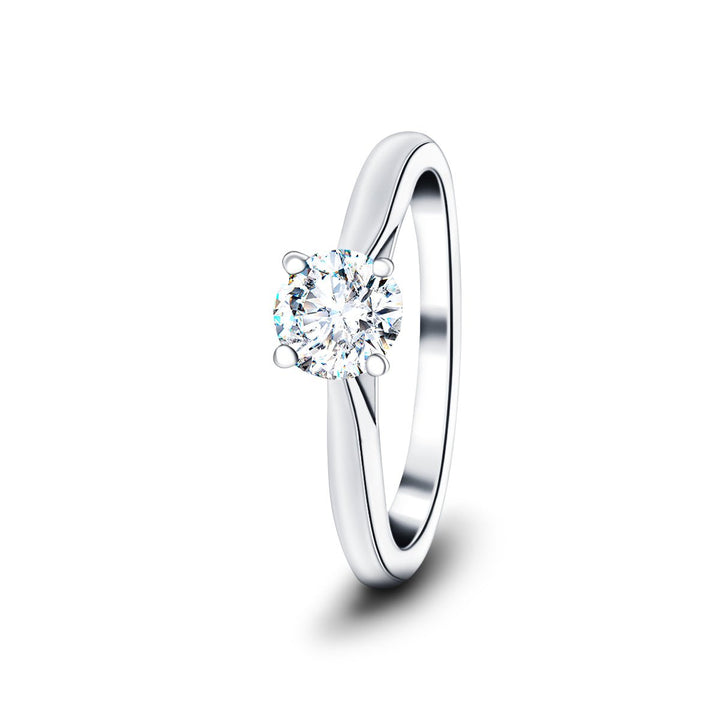
£955.00
£1,826.00
Embrace the beauty of the Ella Lab Diamond Solitaire Engagement Ring, handcrafted in the UK. This exquisite ring features a breathtaking 1.00ct G/VS round-cut lab-grown diamond set in platinum. The ring is IGI certified, UK hallmarked, and comes with a… read more
The Future In A Nutshell
The future of lab grown diamond jewellery is one that looks to be full of possibilities.
In the next decade, we will likely see a rise in market growth and an increased demand for these diamonds due to advancements in technology and cost-benefit analysis.
Today, the USA accounts for around 80% of all Lab-grown diamond sales. The rest of the world is likely to catch up rapidly leading to expectations that by 2030, around 20 million carats of lab-grown diamonds will be sold with a value of over $37 billion.
Innovations and design developments are sure to improve quality assurance standards and ethical and sustainable considerations, which are both important factors when purchasing jewellery responsibly.
As a case study, the introduction of synthetic diamonds into De Beers' Lightbox brand highlights how far this industry has come over the past few years and serves as an example of what could become possible with further research and development.
Lab-grown diamond jewellery provides consumers and producers with an exciting opportunity moving forward.
If you are looking for a high-quality piece of diamond jewellery that is ethically sourced and made with care, then look no further than After Diamonds! With our range of beautiful and unique real diamond jewellery, you can be sure that you are investing in something that is of the highest quality and that you can enjoy for many years to come. Browse our store now and make an investment in something truly special.
